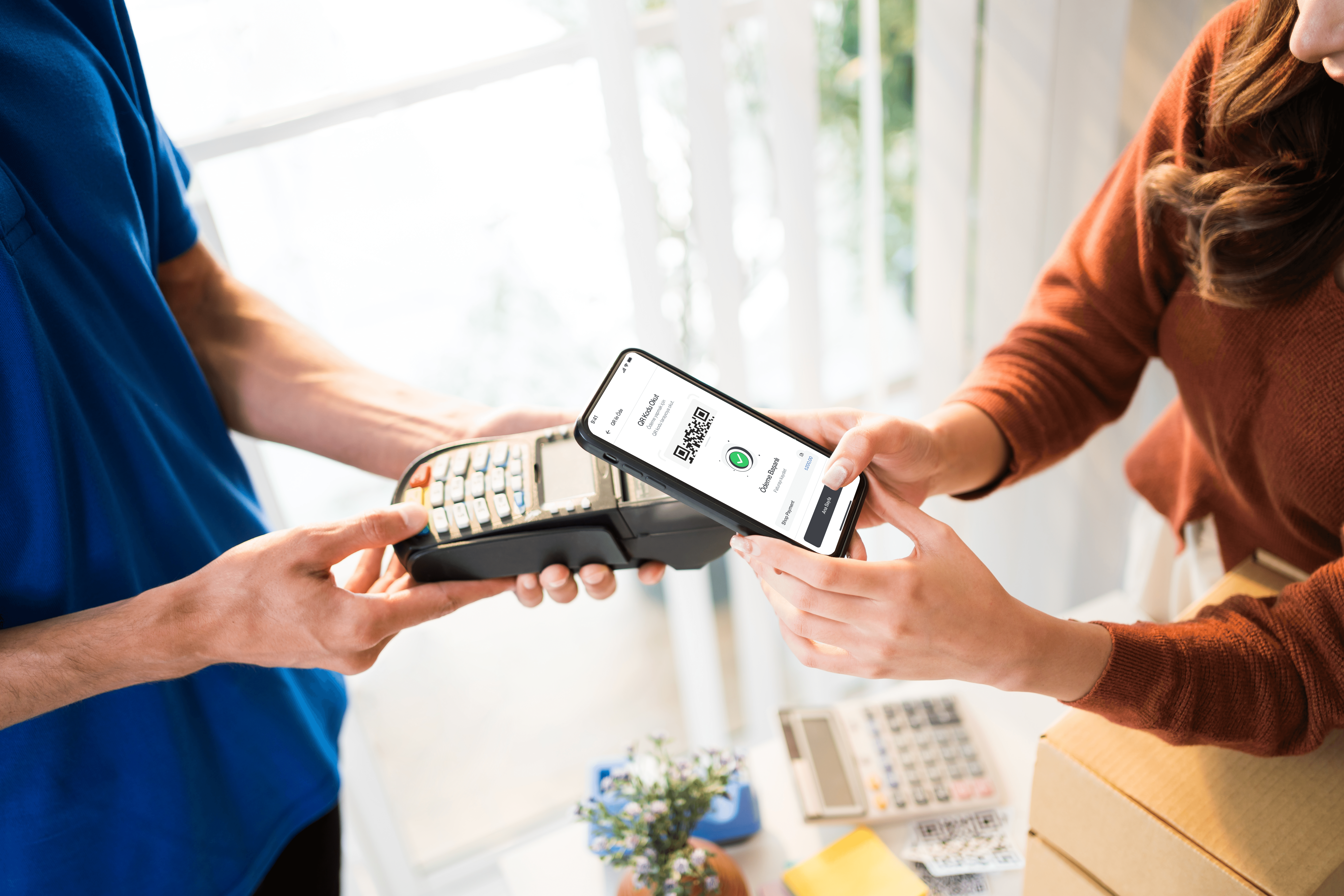
Papel Blog /
One-Click Shopping: A Guide to Mobile Payment

One-Click Shopping: A Guide to Mobile Payment
Shopping is made easier with mobile payment, saving users time! In this guide, important information such as what mobile payment is, how it is done, and its advantages await Papel Blog readers.
7 min read
Last Updated: Ağu 23, 2024

Table of contents
What is Mobile Payment?
Advantages of Mobile Payment
How to Make Mobile Payments?
Frequently Asked Questions About Mobile Payment
What is Mobile Payment?
Advantages of Mobile Payment
- Convenience
- Speed
- Security
- Expense Tracking
- Eco-Friendly Usage
- Discounts and Promotions
Convenience
Speed
Security
Expense Tracking
Eco-Friendly Usage
Discounts and Promotions
How to Make Mobile Payments?
- NFC Contactless Payment
- Banking Applications
- Payment Links and QR Payment
- GSM Operator Payments
- Digital Wallets


